Taking the first steps to introducing native plants in our garden landscapes is not just a horticultural endeavor but a profound reconnection with the rhythm of our regional ecosystems. Learning how to care for native plants is not just fascinating and educational, it reveals relationships with soil, pollinators, birds and other wildlife that we may never have known existed.
In fact, the typical first-time experience of the nascent native garden is one of wonder. For example, a friend of ours planted a New England aster in their backyard last year and were so mesmerized by the number of insects and pollinators it attracted that they asked for permission to work from home more often in September!
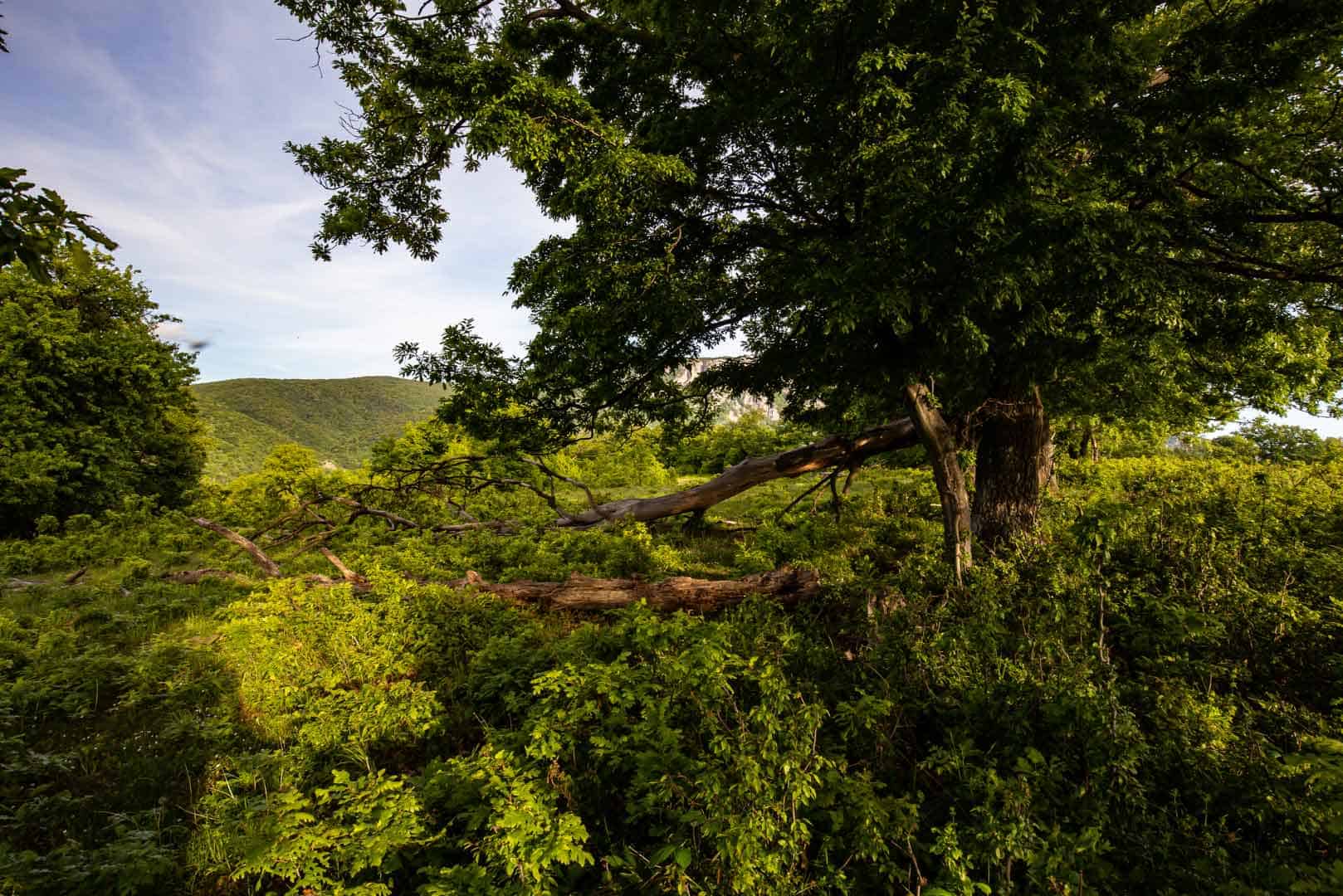
You may have heard that native plants require less attention in the landscape than non native and exotic species. While that is often true–especially after your plants are established–caring for natives also requires noting their unique behavior and growth habits and may call for a fair amount of water and good old-fashioned weeding on a regular basis.
Most of the “maintenance” of native plant communities in a landscape is highly variable, not because the plants themselves need more care, but because they don’t usually fit the traditional model of plant, water, fertilize, prune, and replace that characterizes the many plants that are not local in origin and are sold by big box retailers.
Whether you are a seasoned gardener or a curious green thumb venturing into this territory for the first time, this guide aims to equip you with practical strategies, thoughtful planning advice, and a deeper appreciation of the natural tapestry that native plants weave in our backyards.
Giving Grasses, Wildflowers and Perennials a Head Start
Good care for a native garden starts with site prep. The main reason for this is that weeds are a problem in all types of gardens, thanks to the fact that most soil contains dormant seeds of many types. Once soil is disturbed, these unplanted seeds can surface and germinate more easily. (It’s one of the many reasons no-till gardening has become more popular.)
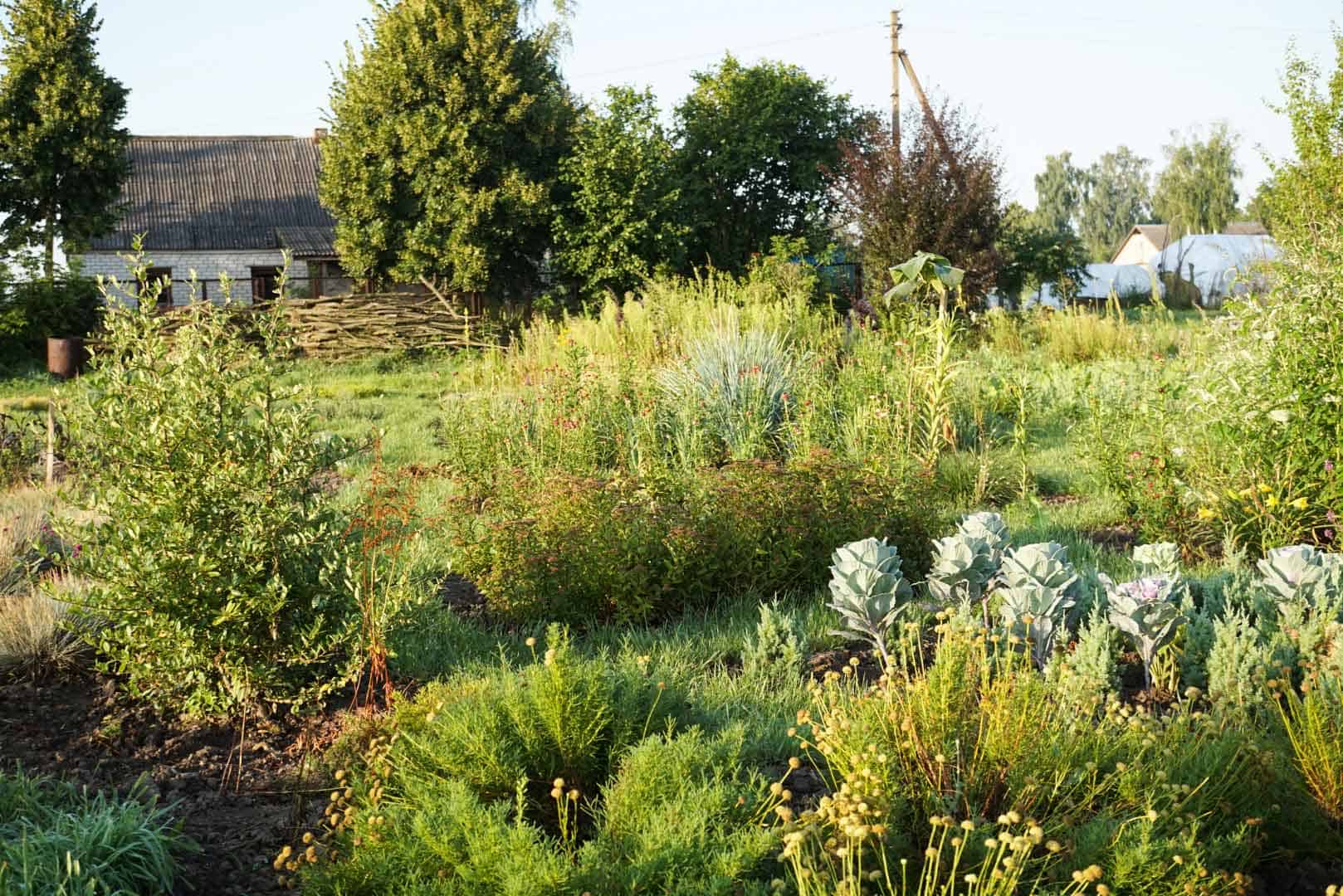
You want to do your best, then, to clear your garden or project area of undesirable plants and do so if possible without too much soil disturbance. If you want to kill existing plants there are several ways to approach the challenge. Since many new native plant growers are also interested in removing lawn grass, here’s a quick guide to the several ways to remove weeds that also applies to most non-lawn planting areas:
1. Covering with Cardboard (Sheet Mulching)
- Advantages:
- Eco-Friendly: This method is chemical-free and environmentally friendly, as long as the cardboard itself is free of toxins.
- Soil Improvement: It decomposes over time, adding organic matter to the soil.
- Weed Suppression: Helps in suppressing weed growth.
- Water Conservation: Retains soil moisture.
- Disadvantages:
- Time-Consuming: Takes longer to kill the grass compared to other methods.
- Pest Attraction: May attract pests like rodents.
- Labor-Intensive: Requires a substantial amount of mulch and cardboard.
2. Solarizing
- Advantages:
- Non-Chemical: Uses no harmful chemicals.
- Pest Control: Can help reduce soil-borne pests and pathogens.
- Effective in Warm Climates: Works well in areas with strong sunlight.
- Disadvantages:
- Climate-Dependent: Less effective in cooler or cloudy climates.
- Time-Consuming: Requires several weeks to be effective.
- Aesthetics: Can be unsightly during the process.
3. Using a Sod Cutter
- Advantages:
- Immediate Results: Quickly removes grass.
- Prepares for Planting: Leaves a clean slate for new planting.
- Control: Offers more control over the area being cleared.
- Disadvantages:
- Labor-Intensive: Physically demanding.
- Soil Disturbance: Can disrupt soil structure and microbiome.
- Equipment Cost: Rental or purchase of a sod cutter can be expensive.
4. Using Glyphosate (Chemical Herbicides)
- Advantages:
- Efficient: Quickly kills grass and weeds.
- Ease of Use: Less labor-intensive than manual methods.
- Effectiveness: Generally effective against a wide range of plant species.
- Disadvantages:
- Environmental Impact: Can be harmful to the environment and non-target organisms.
- Health Concerns: Potential health risks to humans and animals.
- Residual Effects: May leave residues in the soil.
Making the Choice
- Considerations:
- Environmental Impact: Assess the ecological footprint of each method.
- Time and Effort: Weigh the time and physical effort required.
- Soil Health: Consider the long-term health of your soil.
- Immediate vs. Long-Term Goals: Balance your immediate needs with long-term ecological goals.
Each method has its place depending on your specific circumstances, such as the size of the area, time constraints, physical ability, health concerns, and environmental considerations. It’s essential to choose a method that aligns with your ecological values and gardening goals. Remember, transitioning to a native plant garden is not only about removing what’s there but also about fostering a deeper connection with the natural world and contributing positively to local biodiversity. If you focus on practices that benefit wildlife and natural habitat, you’ll also likely be doing good things for your plant residents.
When in doubt, do less and let nature take care of things. A good first rule is “Do no harm!”
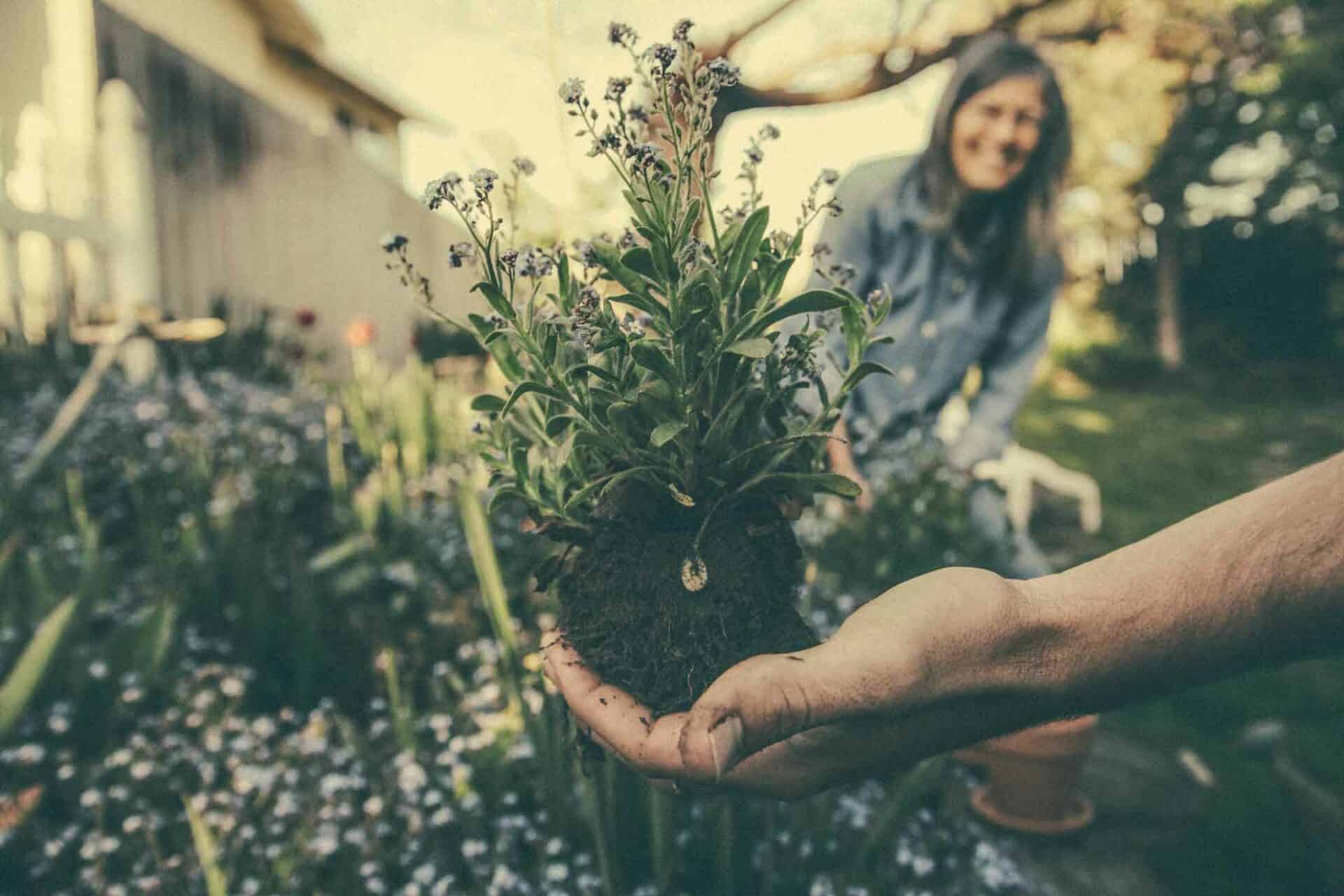
Prepping or Amending Soil for Native Plant Gardening
The advantages of soil amendment where it is needed are manifold: enhanced soil structure, improved nutrient availability, and increased water retention, all of which contribute to a more robust and resilient garden. However, this intervention is not without its drawbacks. Over-amendment can disrupt the natural soil microbiome, break down fungal networks, lead to nutrient imbalances, and, paradoxically, create environments hostile to native plant species adapted to local soil conditions.
Methods of preparation range from organic matter incorporation, like compost or leaf mold, to the adjustment of pH levels through lime or sulfur, each method tailored to the specific needs of your landscape and the ecological character of your region. This delicate dance of knowing when to intervene and when to let nature take its course is the hallmark of a gardener deeply attuned to the rhythms of the land.
In many cases a pH test will be a good starting point. We also highly recommend following the advice of your local extension agent, regional botanic garden or favorite native plant nursery when it comes to soil amendment. In places like the Front Range of Colorado, many native plant gardeners say rich soil is a drawback and have better outcomes with using no amendment at all. However, for some California native plants and in the U.S. east where many native plants are more suited to rich bacterial loam, you may find that amendment is helpful. As many veteran gardeners will tell you, there’s no one rule for every situation: it’s all about context.
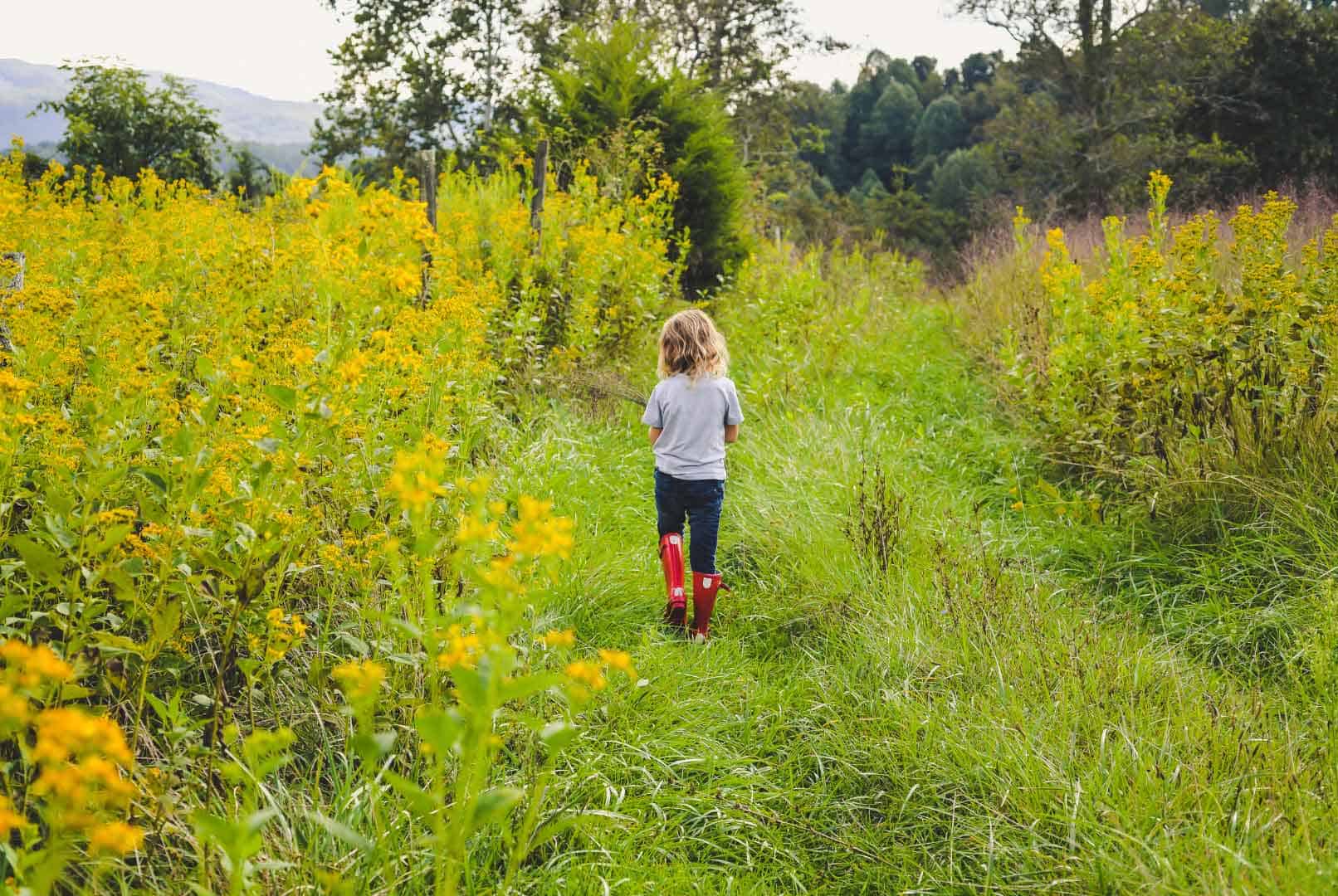
Maintaining Plant Health in Your Native Garden
Depending on the plants and species that are in your landscape design plan, you will probably see a variety of different growth rates and outcomes in year one, two and three. While it is particularly true of natives planted from seed and perennials (leaving out biennials, which typically grow leaves, stems, and roots in year one, and then in the second year flower, produce seeds, and die), the saying goes: “In year one they sleep, in year two they creep, and in year three they leap.” Obviously annuals and trees present different cases.
Guide to Taking Care of Native Plants in a Native Plant Garden
Native plants offer a beautiful, sustainable, and ecologically beneficial addition to any garden. However, their care varies depending on the type of plant—be it forbs and herbs, perennials, biennials, shrubs, or trees. Weed control is a regular concern, but most weeds can be removed by hand and without chemical intervention, especially in a well-planned garden.
This guide provides detailed advice for each category to ensure a thriving native plant garden. Keep in mind that every species in each particular region and local climate will have unique characteristics to be aware of, and this list includes mostly general guidance.
Forbs and Other Herbs
- Watering: Initially, provide regular watering to establish roots. Once established, many native wildflowers are drought-tolerant. Remember too that less water can also mean fewer weeds.
- Soil: Generally prefer well-draining soil. Avoid fertilizing as native forbs are adapted to local soil conditions.
- Pruning: Leave spent flower heads for birds and animals, but remove seed heads to prevent unwanted seeding if you are concerned about aggressive spreaders. Leave stems and leaves through the winter in order to provide habitat for wasps, bees, and other insects that lay their eggs in the stems.
- Winter Care for Wildlife: Leave the dead foliage on flowers like purple coneflower (Echinacea purpurea) and black eyed Susan (Rudbeckia hirta) over winter to provide structure and food for birds, and egg-laying and overwintering habitat for native butterflies and moths.
Perennials
- Watering: Similar to forbs, most native perennials require moderate watering until established. After that, they usually manage with natural rainfall.
- Mulching: Use organic wood mulch to conserve moisture and suppress weeds year round. Or “mulch with plants” by filling in with shorter grasses like little bluestem and positioning other plants in closer proximity to help prevent week encroachment.
- Division: Periodically divide perennials to maintain vigor and control their spread.
- Seasonal Care: Cut back in late winter or early spring before new growth starts. Leave stems and foliage until late spring for native butterflies and wildlife benefit.
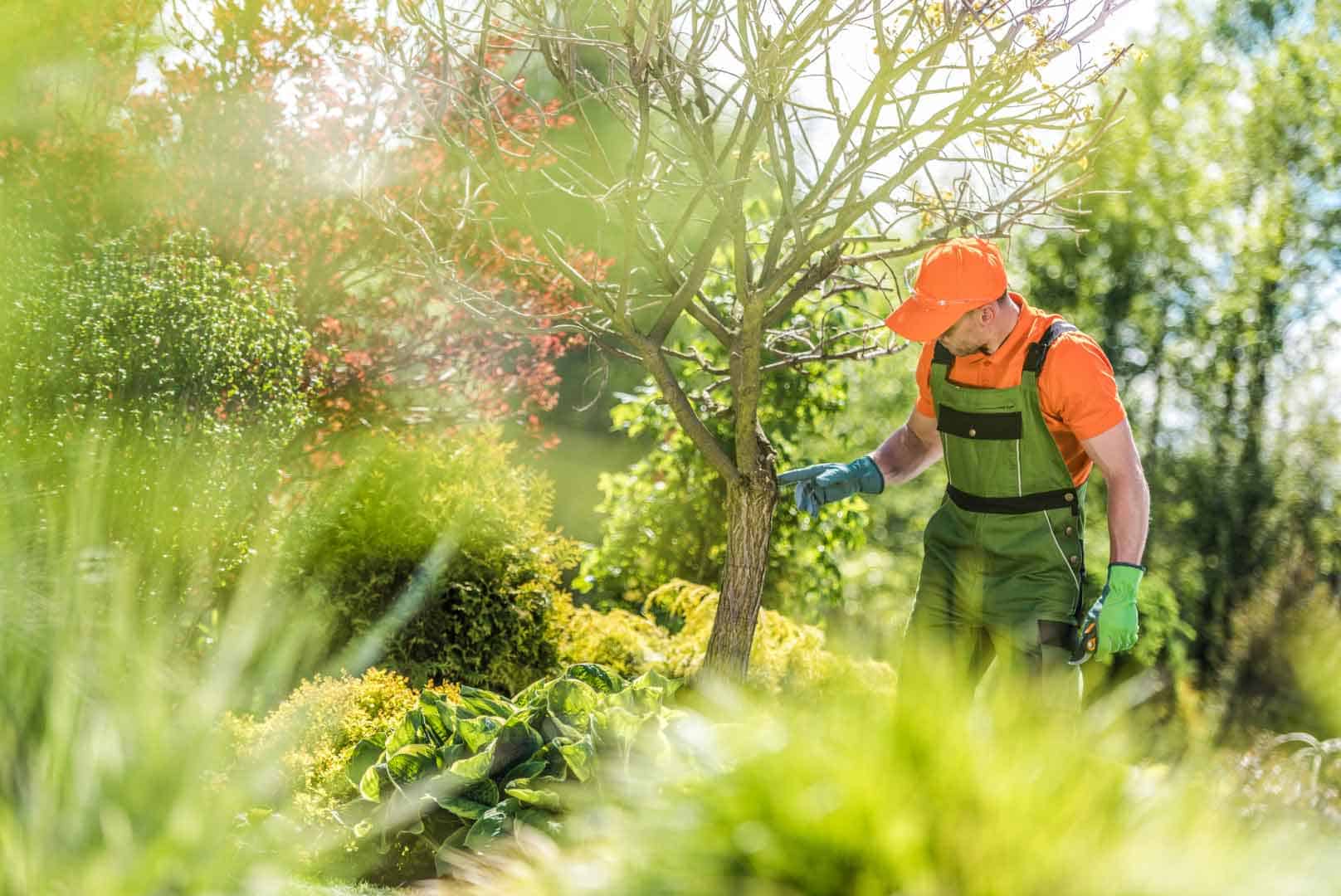
Biennials
- Lifecycle Understanding: Remember that biennials complete their lifecycle in two years – vegetative growth in the first year and flowering in the second.
- Self-Seeding: Allow some flowers to go to seed to ensure a continual presence in the garden.
- Spacing: Give them enough space in the first year to accommodate for larger growth in the second year.
Shrubs
- Planting: Choose the right location considering the mature size of the shrub.
- Watering: Deep, infrequent watering is beneficial to establish deep roots.
- Pruning: Prune sparingly, since shrubs provide some of the most effective ground cover for wildlife in winter. Pruning times vary depending on the species.
- Mulching: Use organic wood mulch to conserve moisture and suppress weeds year round. Or “mulch with plants” by filling in with shorter grasses like little bluestem and positioning other plants in closer proximity to help prevent week encroachment.
Trees
- Site Selection: Consider the tree’s mature size, root spread, and sunlight requirements. Watering in trees to ensure a solid footing, regular initial watering, and providing supplemental water during dry periods is beneficial.
- Planting: Plant at the correct depth and water thoroughly after planting.
- Support: Staking may be necessary for the first few years.
- Pruning: Prune sparingly and primarily to remove damaged limbs or those that put the tree at risk of damage and disease.
General Tips on How to Care for Native Plants
- Understanding Native Conditions: Research the specific needs of each plant species, as native plants thrive best under conditions that mimic their natural habitats.
- Companion Planting: Plant in communities as in nature, where different species support each other.
- Pest Management: Use organic pest control methods and avoid herbicides, pesticides and fertilizers. Native plants often have fewer pest problems due to their adaptation to local conditions, and the healthier your garden ecosystem, the fewer pest issues you’ll have. Remember entomologist and ecologist Doug Tallamy’s advice that if nothing is eating your plants, something is wrong!
- Leave the Leaves: Whenever possible, leave tree and other plant leaves where they fall throughout the year. Many species of butterflies and moths lay their eggs in leaves on the ground, and leaves also provide cover and protection for ground-nesting insects of all types. In addition, the leaves recycle important nutrients into the soil.
Working with Nature, Not Against It
Creating a native plant garden is a commitment to working with nature rather than against it. By understanding and respecting the unique needs of each plant type, you can create a harmonious and sustainable garden that not only enhances the beauty of your outdoor space but also supports local biodiversity and ecosystem health.
